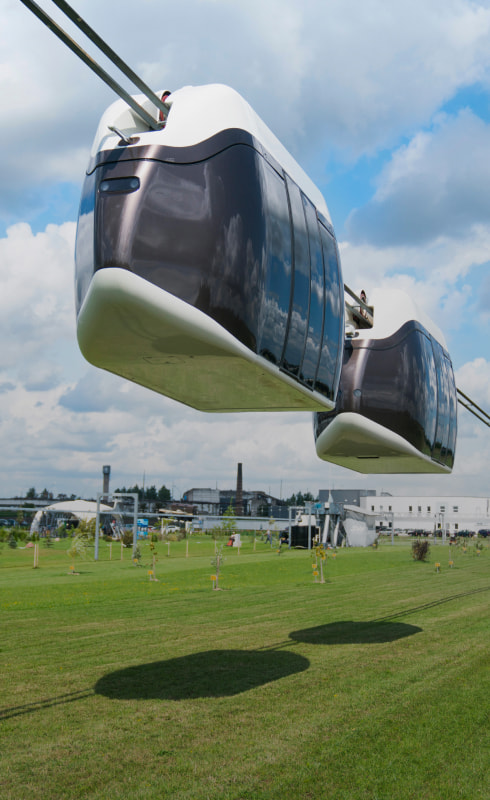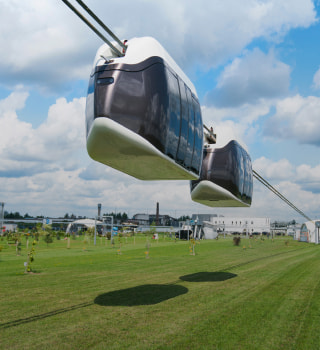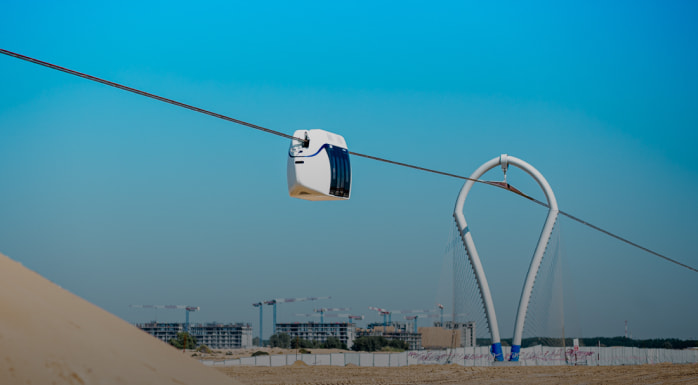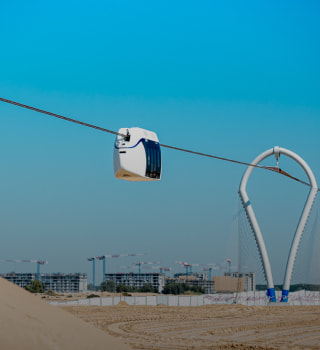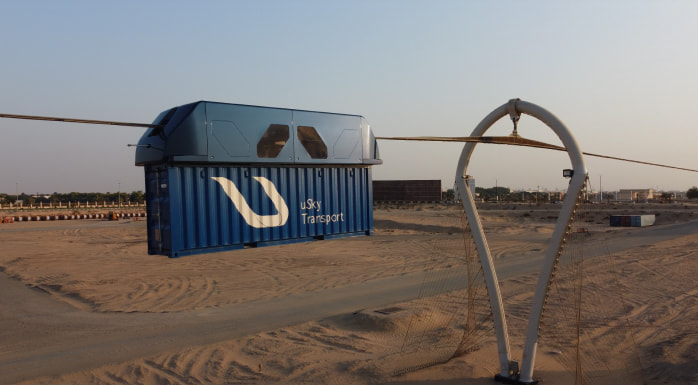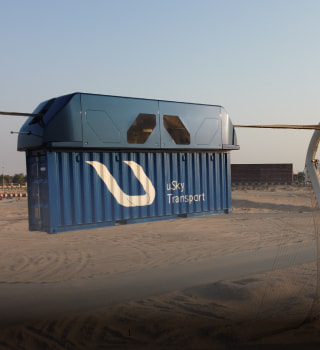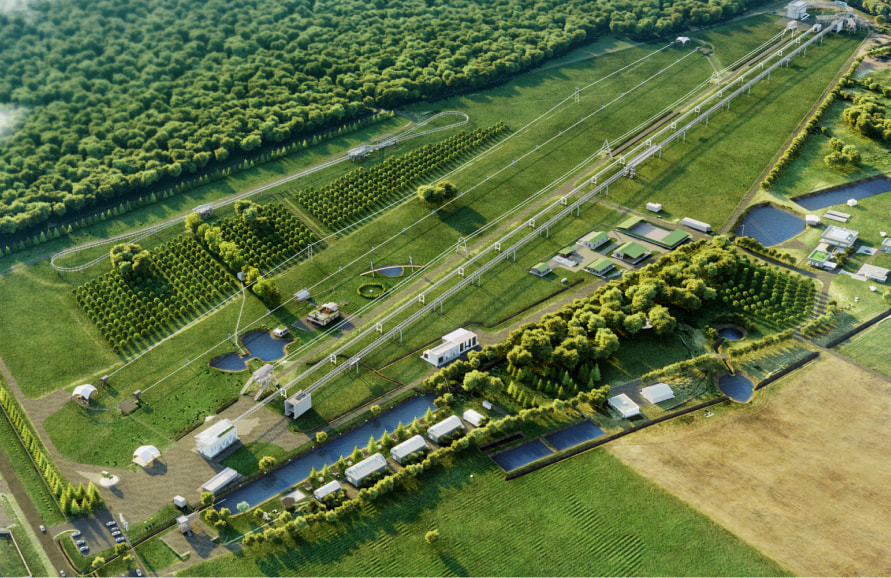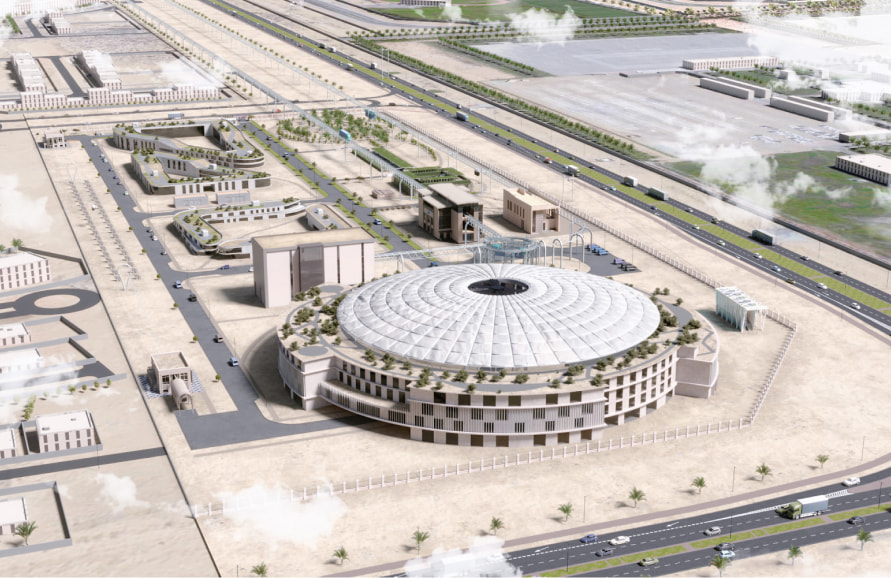Transport & Infrastructure Solutions of Unitsky String Technologies Inc.
Unitsky String Technologies Inc.
An international engineering company that offers solutions in the fields of passenger and cargo transportation, as well as second-level logistics infrastructure based on the uST string transport technology
String transport
A form of transportation where unmanned electric rail vehicles move along a lightweight pre-stressed overpass
Components of the transport complexes
How does it work?

How does it work?
Anchoring structures receive a horizontal load from tension and are installed in increments of up to 10 km
Supporting towers are lightweight structures that receive a vertical load and ensure stability
Distance between adjacent supports is 50-2000 m or more
Impossibility of collision with foreign objects, pedestrians and animals owing to the elevation of the track structure above the ground
Speed – up to 150 km/h
Carrying capacity – up to 50,000 passengers per hour







Advantages of uST
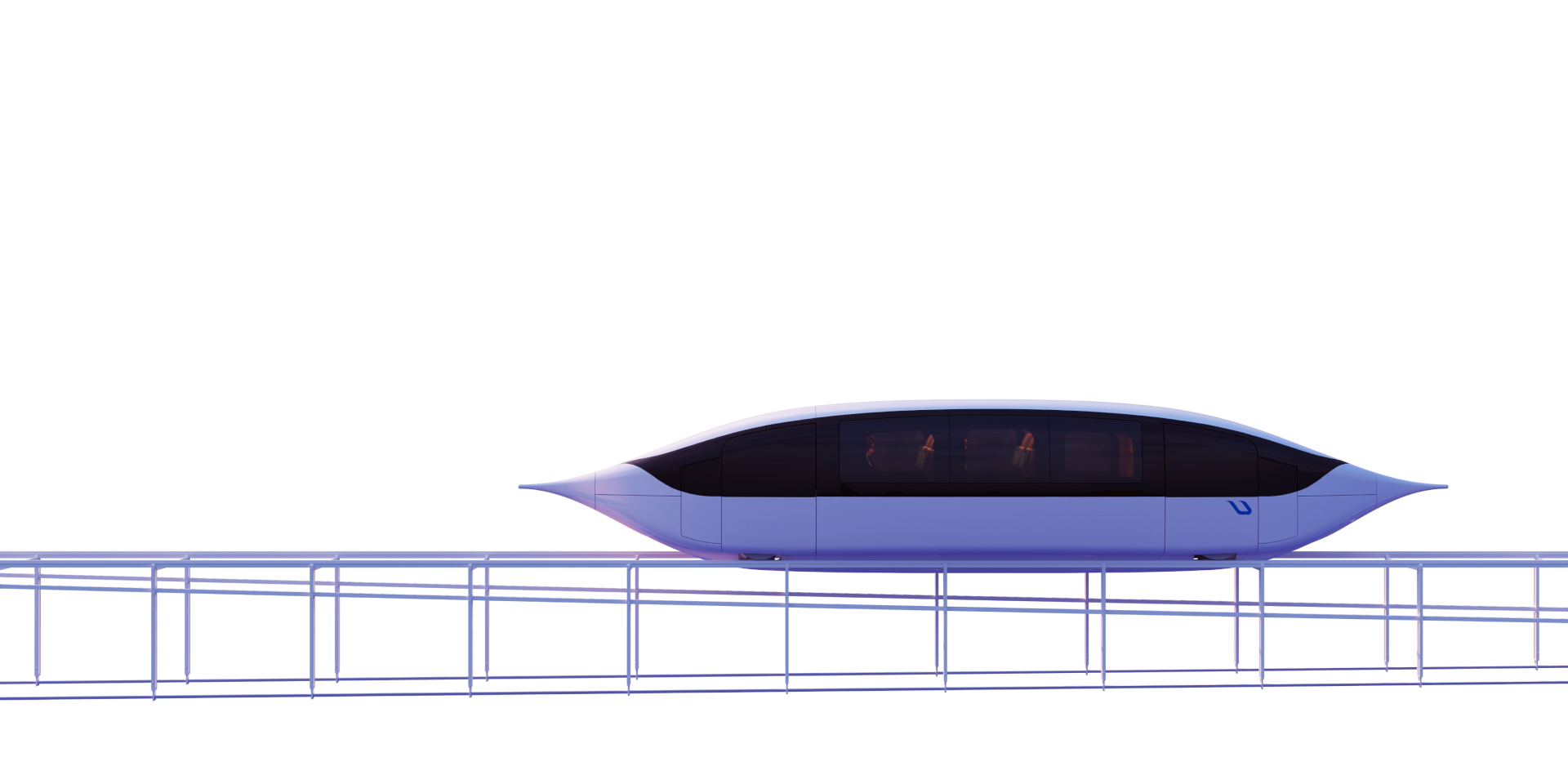
High-speed transportation
Comfortable transport communication at speeds of up to 500 km/h
Learn moreNews
View all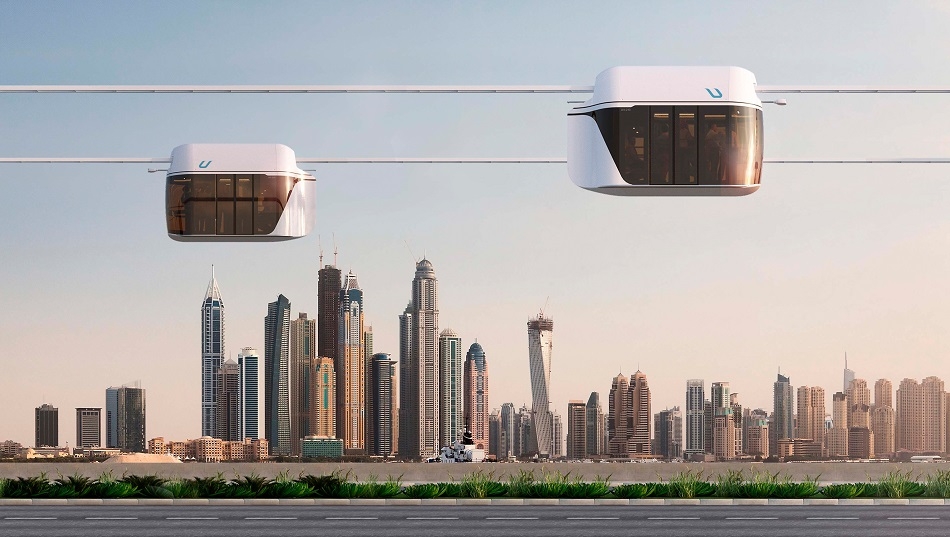
2 January 2026
How uST Complexes Help Cities Eliminate Traffic Congestion
We analyze the transport systems of modern cities and find out how to increase their efficiency.

31 December 2025
New Year’s Message from the General Director of UST Inc.
Nadezhda Kosareva thanked the team for their contribution to the development of string transport and expressed confidence that the new year will bring new achievements and ambitious goals for the company.
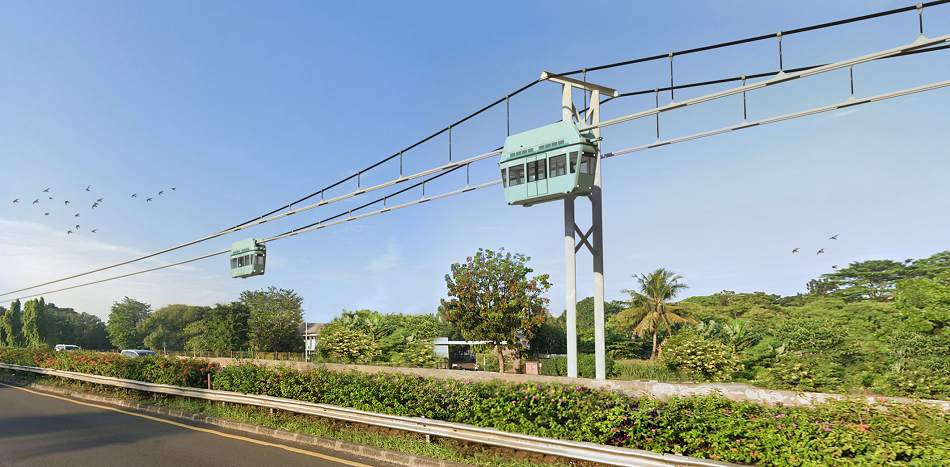
29 December 2025
Why the Future of Transport Lies Not in New Fuels, but in Energy-Efficient Technologies
We find out why traditional fuels are inferior to alternative energy sources. and what role uST complexes play in the development of sustainable transportation solutions.

